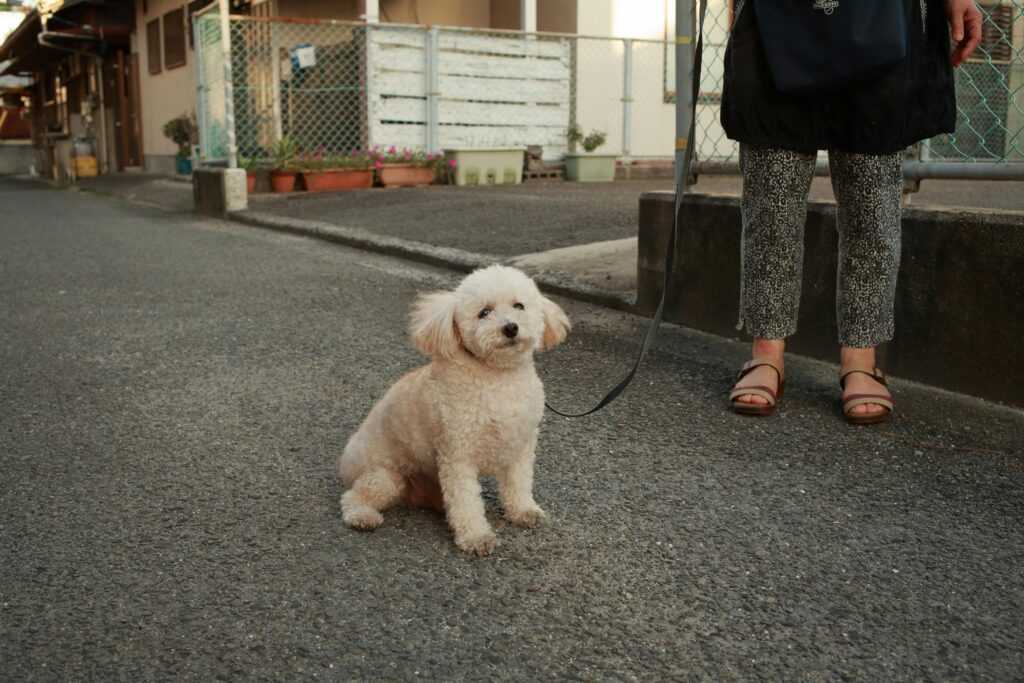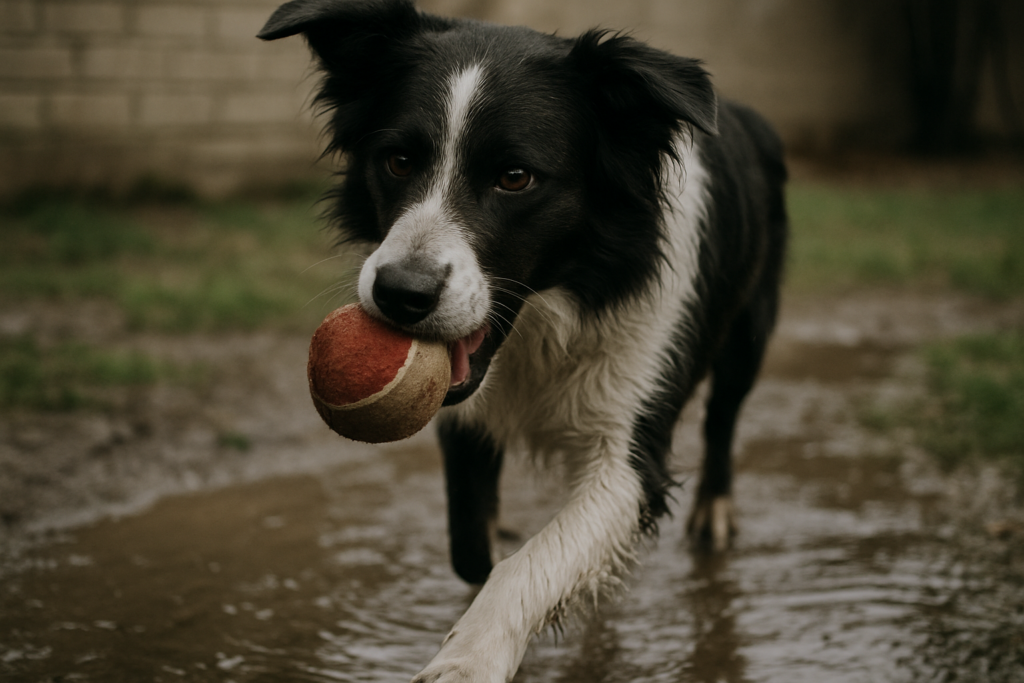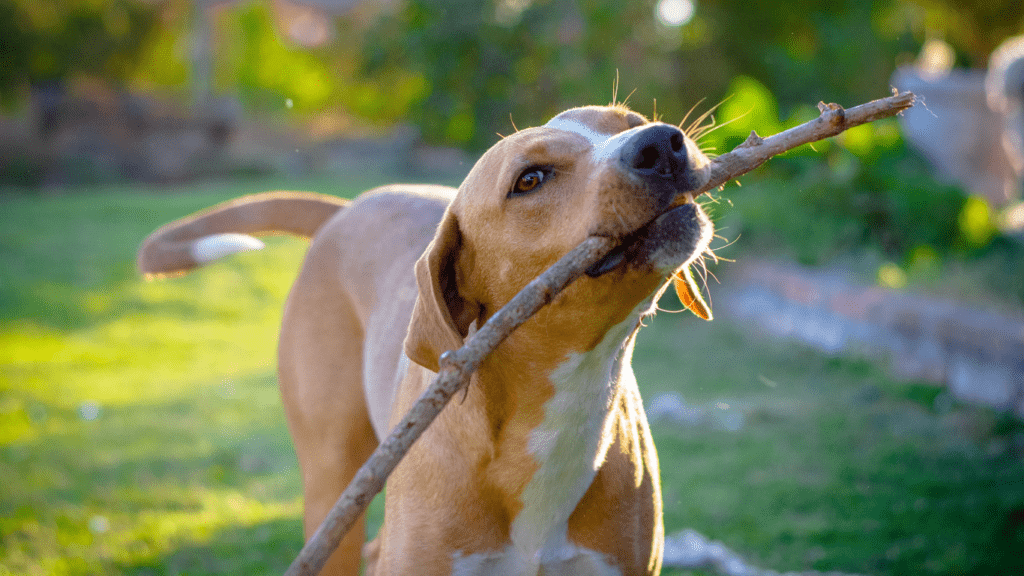Most of us expect walks to be the easiest part of dog ownership — a bit of exercise, some fresh air, and a happy pup by our side. But what if your dog’s behaviour on walks is the complete opposite? Maybe they pull constantly, lunge at distractions, or freeze up and refuse to move. While training and socialisation play a big role, there’s one simple reason many people overlook: your dog’s gear might not be working for them — it might be working against them.
Sometimes, the issue is as simple as using the wrong fit or style of harness. A well-fitted, adjustable dog harness can help reduce discomfort, give you better control, and make the whole walk feel smoother for both of you. And if your current harness is too tight, too loose, or awkwardly designed? That alone could be the root of your walking troubles.
Here’s why that small detail makes a big difference — and how to set your dog up for better walks.
Why the Wrong Gear Causes Big Problems
A dog that pulls or reacts on walks isn’t always just “badly behaved.” In many cases, they’re uncomfortable, anxious, or unsure of what’s expected. Poor-fitting collars or harnesses can cause:
- Chafing around the shoulders or armpits
- Pressure on the neck or chest that feels restrictin
- Lack of security, making dogs feel vulnerable
- A general sense of tension, especially with restrictive gear
When your dog doesn’t feel physically at ease, they’re less able to stay calm or focus on your cues. That tension can show up as pulling, reactivity, or even avoidance behaviours like trying to turn around or lie down.
The Case for an Adjustable Fit
Every dog is built differently. A harness that fits one dog perfectly might be completely off for another — even if they’re the same breed or weight. That’s why an adjustable harness is often the best choice. It allows you to tweak the fit across the neck, chest, and body so the harness stays snug without rubbing or slipping.
Here’s what to look for:
- Adjustable straps at multiple points (not just the belly)
- Soft, padded edges that won’t dig into the skin
- A design that allows full range of motion
- Secure buckles that won’t loosen over time
A properly adjusted harness can help your dog move more naturally and feel more confident, making them less likely to pull or panic when a distraction appears.
It’s Not Just About Control — It’s About Communication
Your gear isn’t just for keeping your dog close. It’s a communication tool. A harness that fits well and sits in the right place on your dog’s body gives clearer, gentler feedback through the lead. That’s important when you need to redirect your dog’s attention or guide them through a tricky spot.
With a poor fit, small corrections can feel like uncomfortable jolts — especially if the pressure hits sensitive areas like the throat. With the right harness, you can guide them smoothly and without confusion.
Signs Your Dog’s Harness Isn’t Working
If you’re not sure whether your current setup is the problem, watch for these red flags:
- Your dog constantly scratches or bites at their harness
- They flatten their ears or try to run when you bring it out
- They pull more than usual, even in calm areas
- They seem stiff or restricted in how they walk
- You see red marks, fur loss, or rubbing where the harness sits
Even if you’ve been using the same harness for months (or years), it’s worth reassessing the fit and comfort — especially if your dog’s behaviour on walks has changed.
It’s Not Always the Dog — Sometimes It’s the Setup
Dogs are incredibly responsive to small changes in how we handle them. A better harness won’t magically solve every behavioural issue — but it can remove a major source of frustration or discomfort that’s been fuelling those problems all along.
Try switching to a more thoughtfully designed, adjustable harness and pay attention to how your dog reacts over the next few walks. You might be surprised how much more cooperative and relaxed they become when they feel secure and comfortable.
Sometimes the answers are simpler than we think. If your dog has been acting up on walks and training alone isn’t helping, take a closer look at their gear. A few small changes might be all it takes to turn stressful walks into something you both enjoy again.


